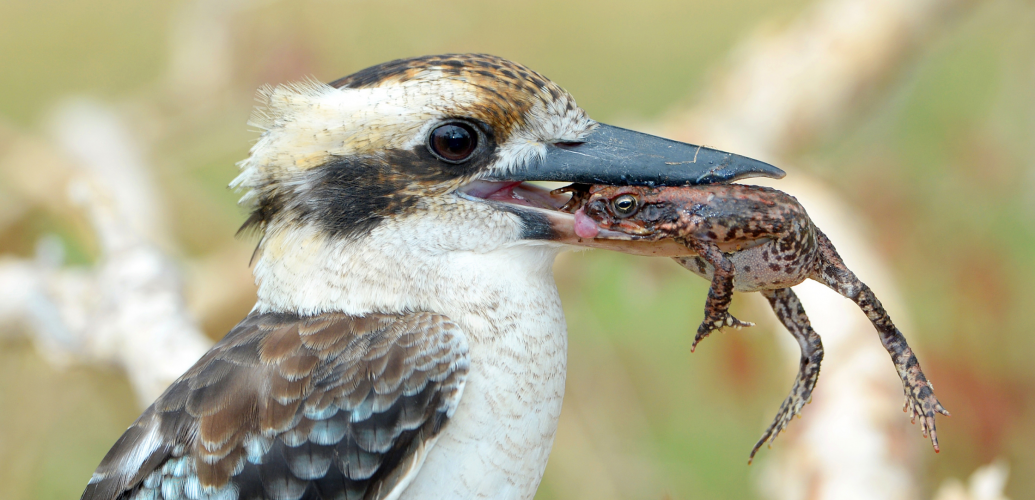Is it time to toad-ally re-think invasive species control?
On the face of it, it sounds like a lot like a plague of biblical proportion. These poisonous and warty amphibians, huge by toad standards, are one of the worst invasive species in the world. And, like so many human disasters, it all began with good intentions.
In the 1930’s a couple thousand cane toads were brought to Australia (and many other countries) to manage the cane beetles responsible for destroying sugar cane crops. They failed to get rid of the beetles, but they succeeded at reproducing. Their populations have exploded to over 200 million toads in Australia alone. (Some estimates put it as high as 1.5 billion).
Today, cane toads are as much a part of the Australian zeitgeist as kangaroos and koalas. It’s hard to think of a more disastrous example of human error in biological control —but the question remains, have we learned from it?
Historically, the most widely used tool for cane toad control has been “manual removal”, where toads and tadpoles are hunted and euthanized. In some regions eradication efforts have become a national pastime. ‘Toad day out’ has been a yearly event since 2009, in which Queensland locals gather to catch cane toads by the thousands before humanely euthanizing them. Prizes are awarded for heaviest catch; in the inaugural 2009 event, the winner bagged a toad that was a whopping 13 cm long, weighed 290 g and had a fifth leg sticking out of its chest!
While these toad-busting events are a great way of boosting community morale and increasing invasive species awareness ecologically, ‘manual removal’ has had only a marginal impact on cane toad population control. In a 2009 cane toad survey, it was found that the manual removal of more than 10,000 cane toads by a community group was only able to depress populations for a couple of months. In fact, toad numbers were higher a year later than they had been prior to the initial collecting effort.
Luckily, new strategies for cane toad population control have emerged in recent years —ones that force us to think less like humans and more like the toads themselves.
For example, some scientists are leveraging the inherent cannibalistic nature of cane toads to build better traps. By making these traps smell like a cane toad, scientists can bag upwards of 10,000 tadpoles per day.
Better yet, native Australian species are independently evolving to better control cane toads in their own way. It was recently discovered that Australian water rats have learned to kill and safely eat the notoriously poisonous pests by removing the toxic bits with surgical precision.
On Anthropomania’s podcast we expose the ways we, as a culture, insist on characterizing animal behaviour in human terms, from personality to intelligence.
In this case, both cane toad cannibalism and water rat evolution are patently, not human-centric. Perhaps that’s the greatest lesson cane toads have taught us and one that rings true both today, and way back in 1935 when they first hit Australian soil: when it comes to invasive species control, thinking like a human isn’t going to get you far.
Oh, and if you were wondering, a group of toads is called a knot.

